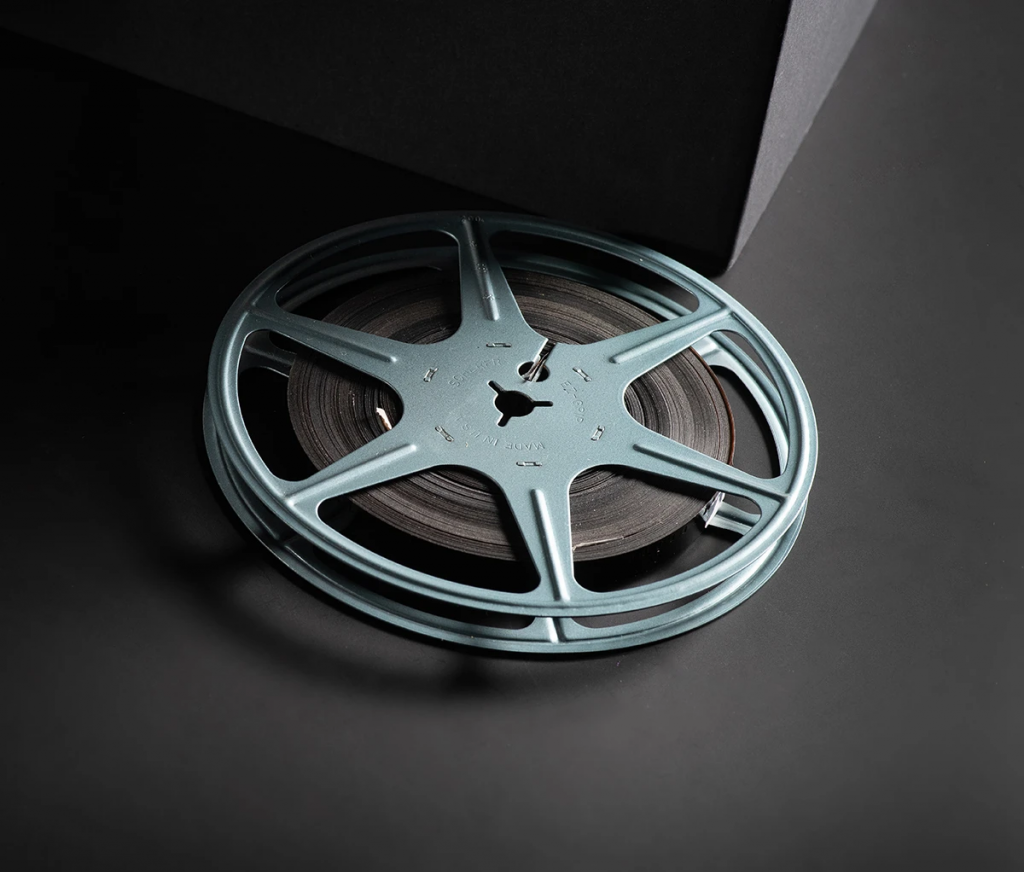

So by 12 or so I was taking all sorts of courses at the Smithsonian that ran the gamut from stop motion animation to what I would call critical film studies, where we watched clips from movies and broke them down. My family were members of the Smithsonian and it offered a ton of classes for kids, including filmmaking classes. I got my first Super 8 camera when I was about 11 and recruited kids in the neighborhood to be in these little movies. Jensen: I became interested in movies very early, like a lot of guys from my generation that I went to film school with.

#35mm film to digital converter trade me movie#
With Wonder Woman holding strong at the box office nearly two months into release, Jensen spoke to Filmmaker about crafting a superhero movie that has become not only the savior of the Warner Bros.’ DC universe but also an unlikely gender equality rallying cry in the current culture wars.įilmmaker: Your official bio says you got into filmmaking as a kid through classes at the Smithsonian. I’m more present on set when I’m shooting on film.” There’s something so nice about not being tethered to a monitor. “I think film is kinder to faces than digital, but aside from that, I enjoy the process of working with film. We have some shots that are digital in Wonder Woman and I think you’d be hard pressed to tell which is which,” said Jensen. “It’s very hard to tell the difference, especially when you’ve gone through a DI (digital intermediate) process and you’re projecting digitally.

Wonder Woman cinematographer Matthew Jensen can still spot the subtleties, but for Jensen the aesthetics of film are only one of the reasons he enjoys working in that format. I can spot 16mm or anamorphic lenses, but the line between digital and 35mm celluloid has become impossibly blurred. I have to admit I can no longer distinguish 35mm film from high end digital cameras when I go to the movies. 35mm, ARRI 235, ARRI 435, Matthew Jensen, Millennium XL2, Panavision Primos, Wonder Woman


 0 kommentar(er)
0 kommentar(er)
